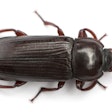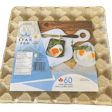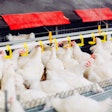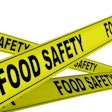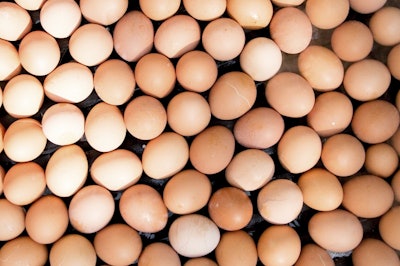
U.S. agricultural cooperative United Egg Producers (UEP) submitted a request to the Food and Drug Administration (FDA) urging it to reject a proposal that would allow surplus broiler hatching eggs into the food supply.
The proposal, submitted by U.S. trade association National Chicken Council (NCC), encourages the FDA to change a policy in its Shell Egg Rule that requires broiler surplus hatching eggs to be disposed of to help alleviate the country’s high egg prices.
UEP argues that redirecting these surplus eggs to the food supply instead of disposing of them would present a major food safety risk to the public.
Pasteurization and holding temperature
The FDA’s Shell Egg Rule requires producers to hold and transport eggs at 45°F beginning at 36 hours after time of lay. The rule not only applies to shell eggs, but to eggs meant for egg products facilities.
The NCC’s request asks the FDA to remove this requirement and allow broiler surplus hatching eggs to be sent to breakers, no matter what the holding temperature was, because they would undergo pasteurization.
UEP is in agreement with the FDA on its reasoning for creating the rule in 2009, which states: “Our proposed requirement that eggs be refrigerated if stored more than 36 hours was based on data indicating that, although fresh shell eggs provide an inhospitable environment for Salmonella to multiply, the chemical and physical barriers against bacterial movement and growth in shell eggs degrade as a result of the time and temperature of holding.”
According to UEP, risk assessments performed by the FDA hypothesize that some Salmonella could survive pasteurization, or that improper procedures at processing plants could promote survival and growth of Salmonella. Therefore, hatching eggs that were stored at 65°F have the potential to contain Salmonella bacteria that may not be killed during pasteurization.
UEP noted that nothing prevents hatchery surplus eggs from being marketed to egg processors within 36 hours of lay, or if they have been stored according to the Shell Egg Rule requirements. NCC claims that broiler eggs for hatching must be stored at 65°F for up to five days before determining which eggs are needed or are appropriate for hatching.









